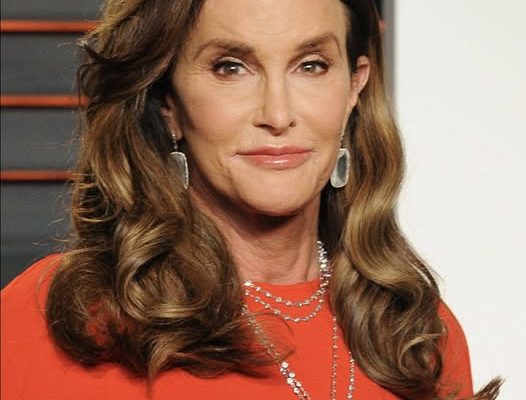Caitlyn Jenner emerged as one of the most distinguished athletes of the 1970s. She achieved a gold medal and established a new world record at the 1976 Olympics held in Montreal. Following the conclusion of her athletic career, she transitioned into the entertainment industry.
Currently, Caitlyn is widely recognized for her courageous decision to come out as transgender and undergo hormone therapy as part of her gender transition. This choice has positioned her as a role model for many individuals.
Despite her transformation, the former elite athlete acknowledges that the “old Bruce” remains a part of her identity. This encapsulates the essence of Caitlyn Jenner’s journey. Born William Bruce Jenner on October 28, 1949, in Mount Kisco, New York, she faced challenges with dyslexia during her youth. Nevertheless, athletics provided her with a sense of purpose and success across various sports.
In her early life, Caitlyn demonstrated exceptional talent in football, basketball, and water skiing during her high school years, but it was track and field that truly captured her interest.
Initially, she received a football scholarship to Graceland College in Iowa. However, a knee injury sidelined her from football, prompting her to pivot to track and field.
Caitlyn’s athletic prowess was evident as she earned the title of Most Valuable Player on her high school basketball, football, and track teams. Concurrently, she grappled with her gender identity.
“I observe men and think, ‘He’s comfortable in his own skin,’” Jenner reflected. “I often consider how fortunate women are to wake up and be themselves. Meanwhile, I feel trapped in the middle.”
Her college track coach, L.D. Weldon, encouraged her to pursue training for the Olympic decathlon, a multifaceted event that would define her athletic legacy.












